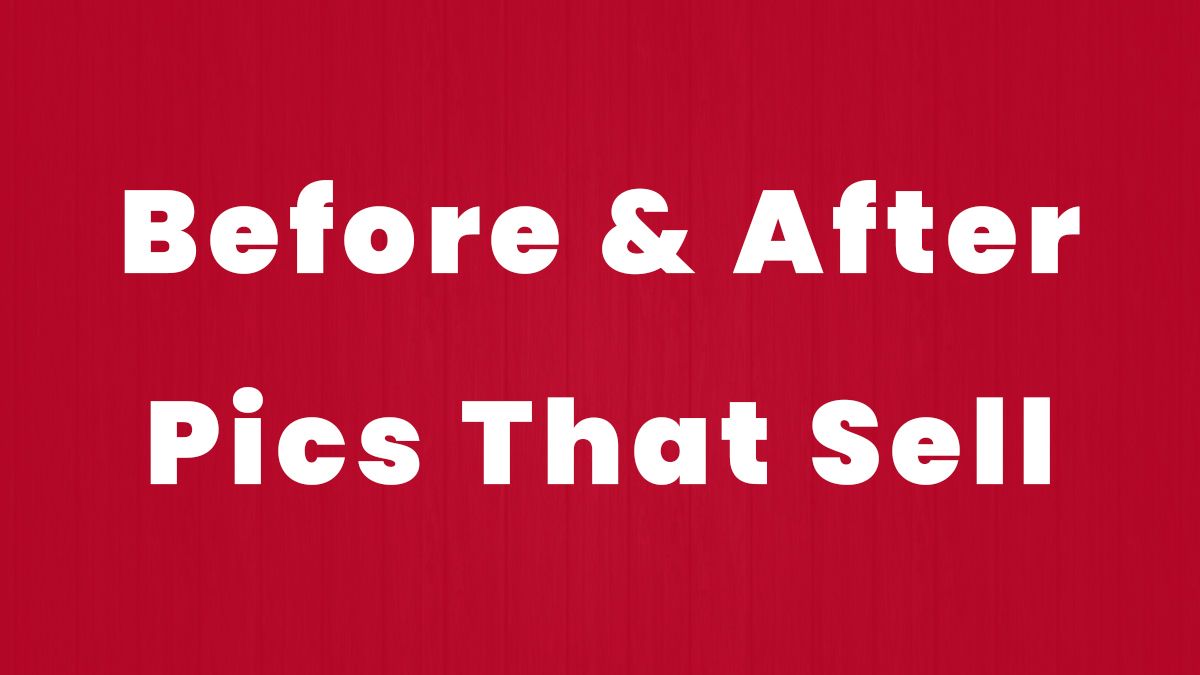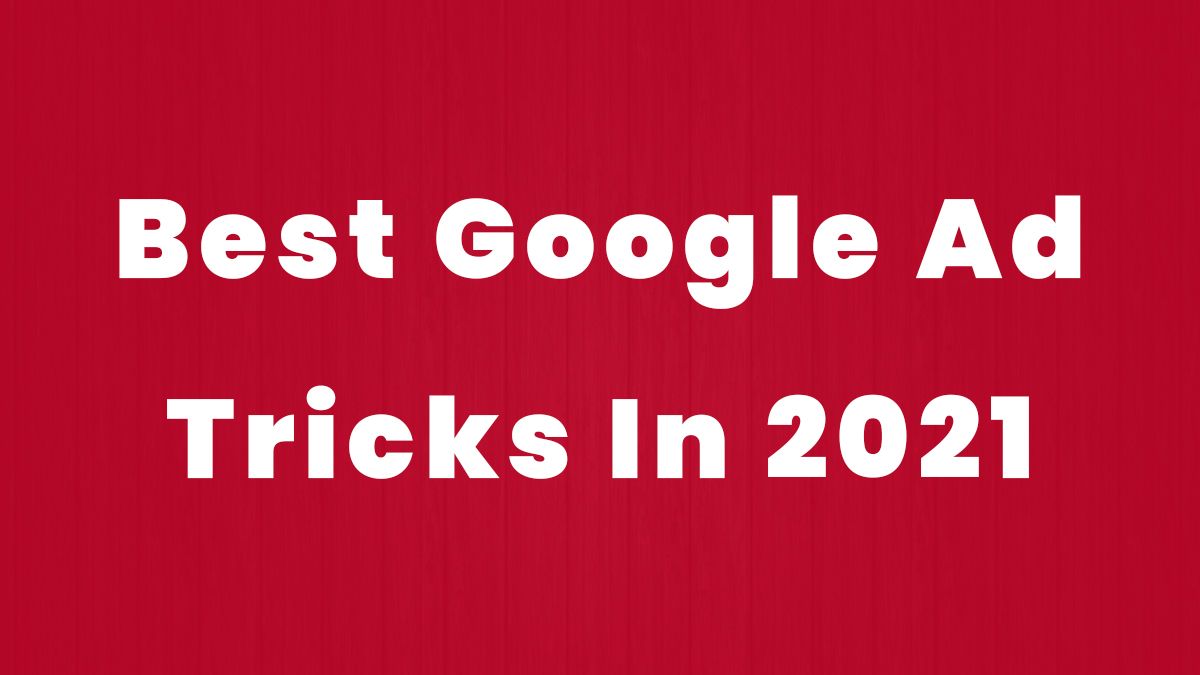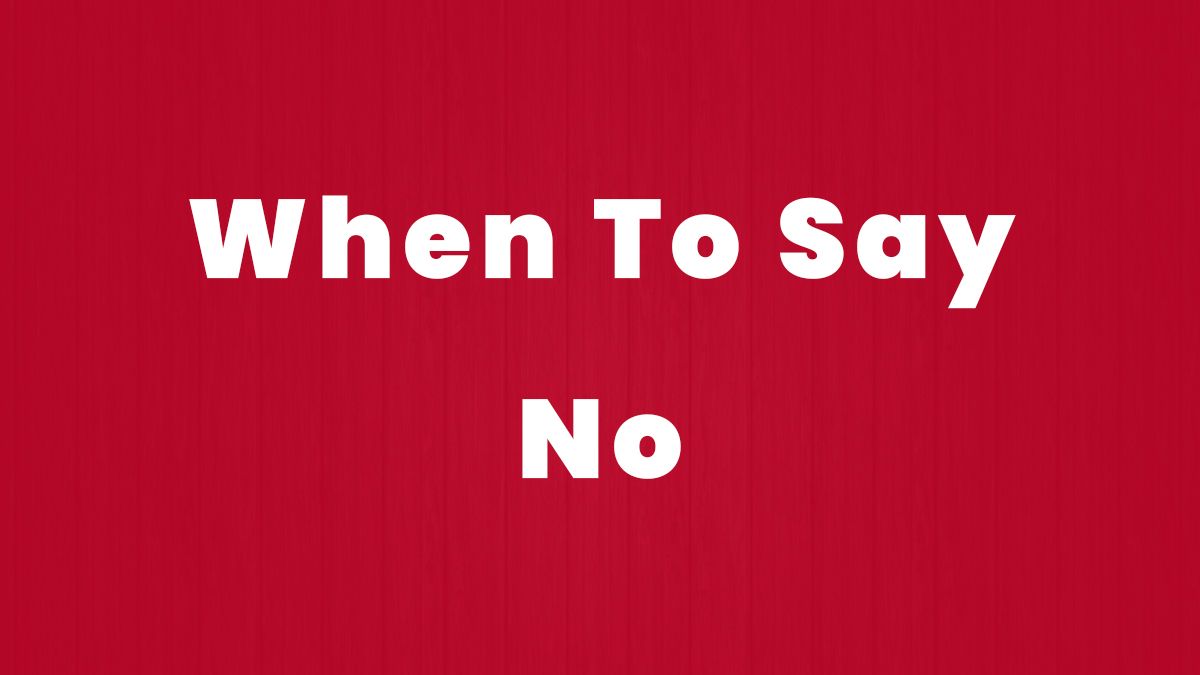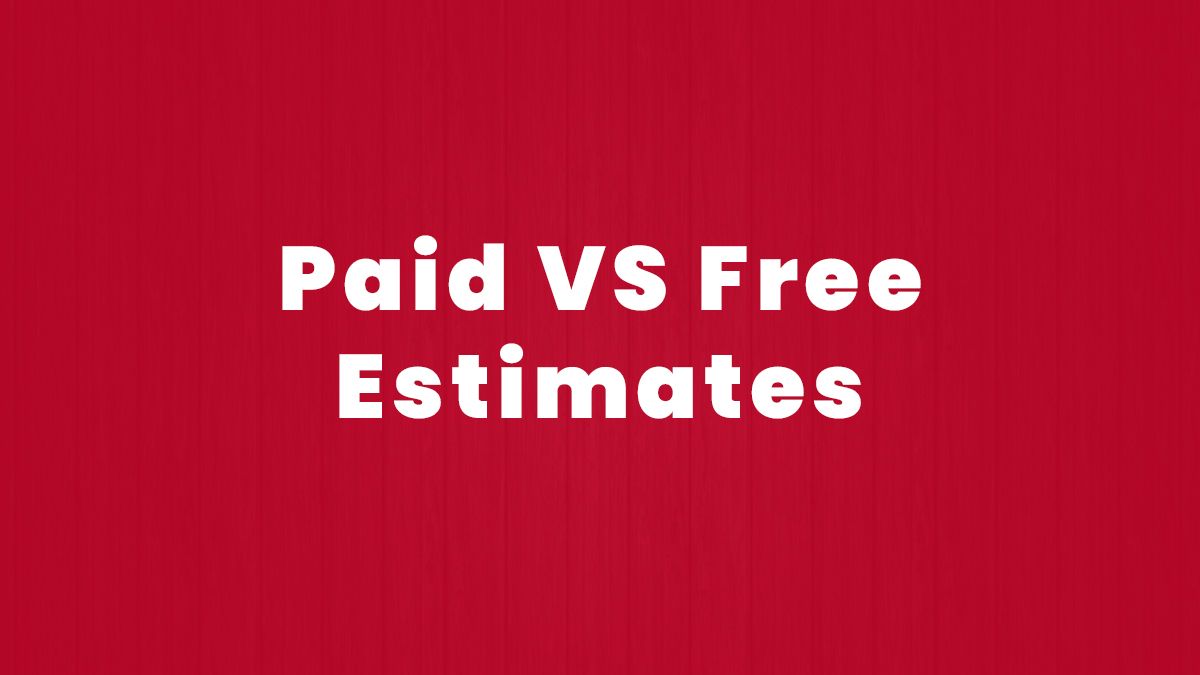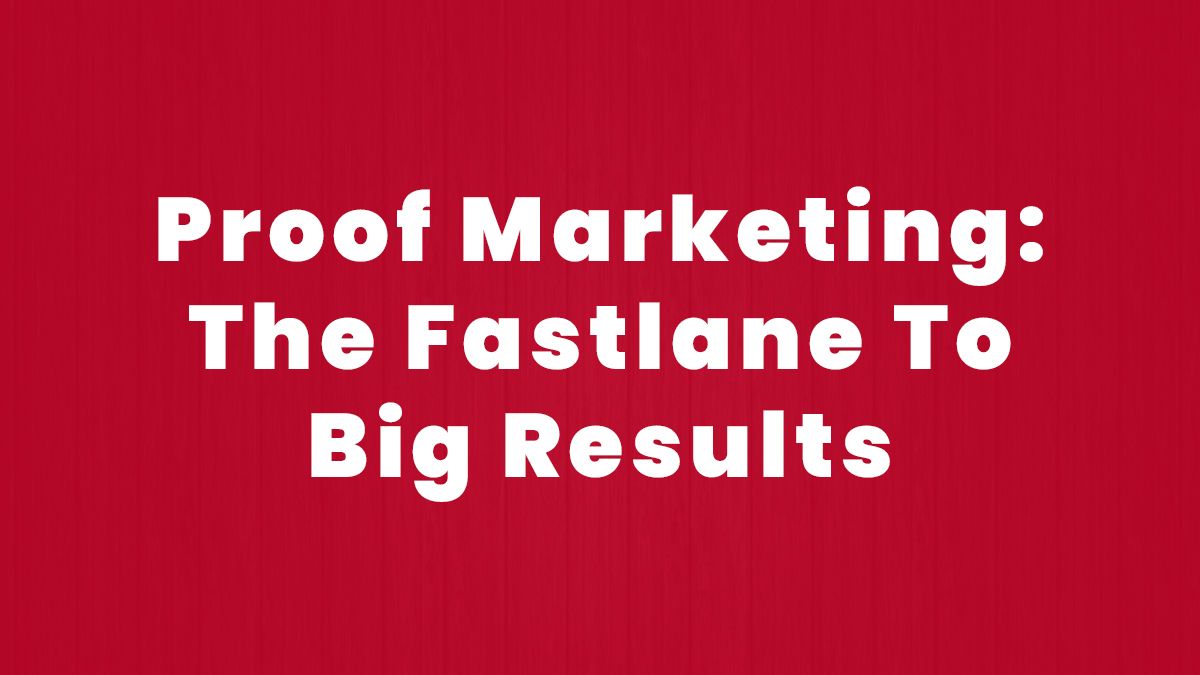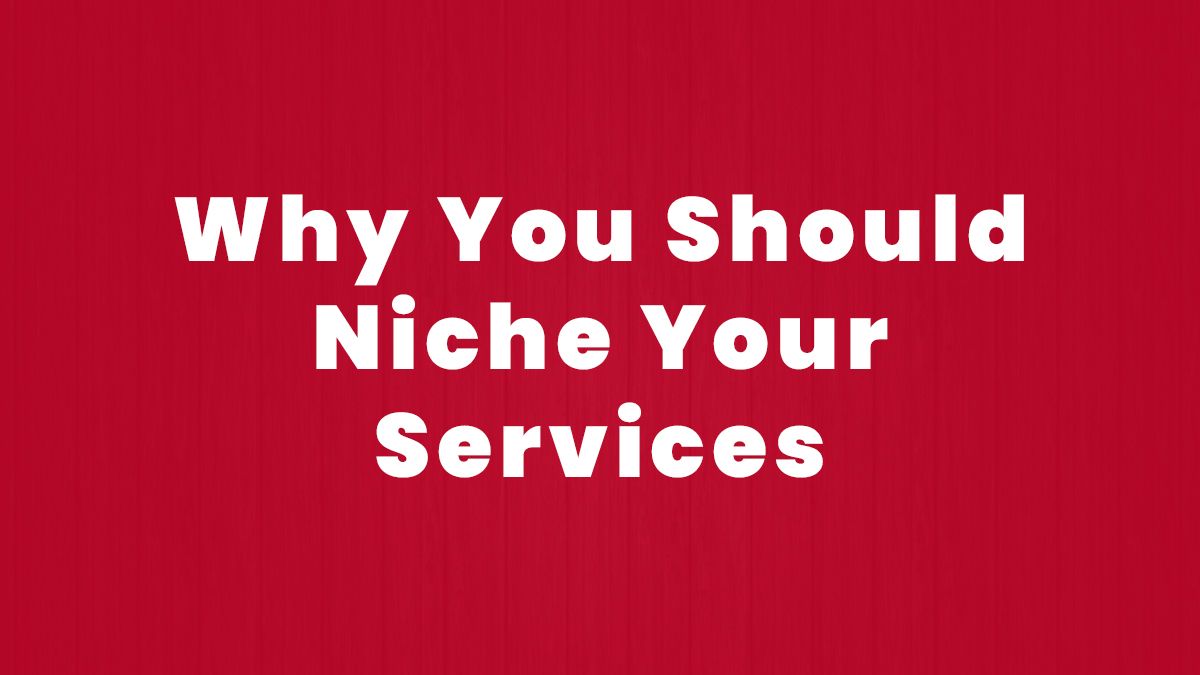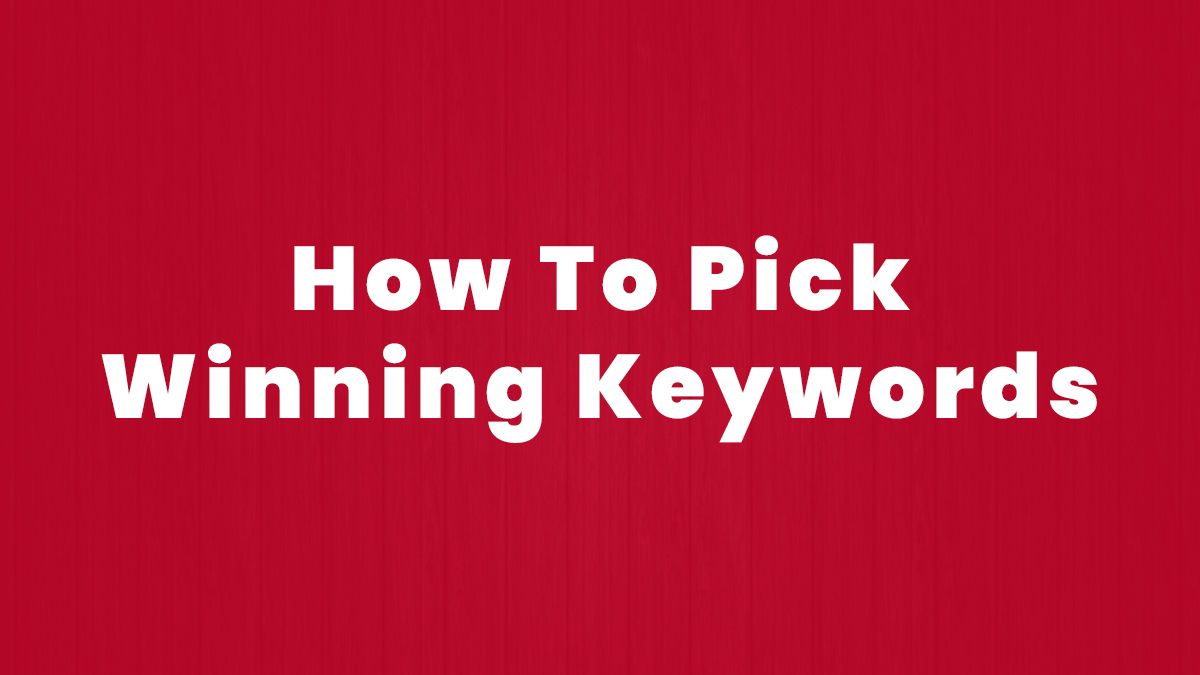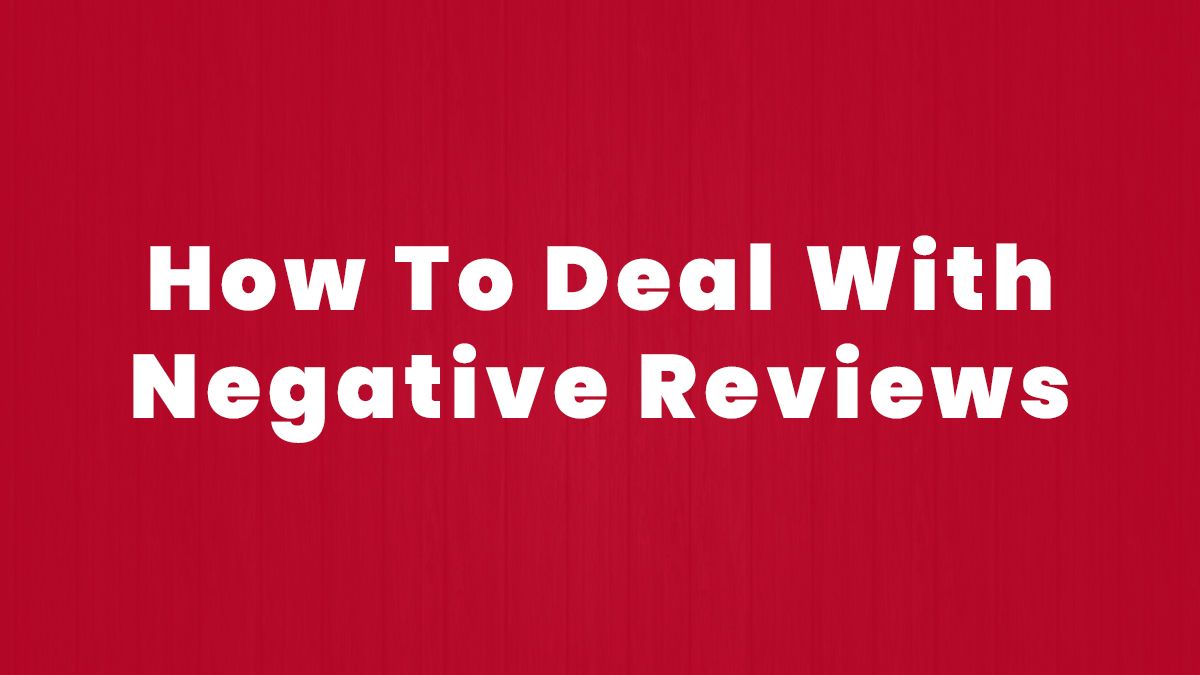March 24, 2021
Should you charge for estimates, or not? It’s an ongoing debate I hear contractors discuss over and over again. But I’ve never seen anyone break down the pros and cons of doing either. So in this article, I’m going to discuss the advantages and disadvantages of both options. Let’s get right into it… Free Estimates – The Good Offering free estimates/quotes are a fantastic way to get your foot in the door. You have the opportunity to meet with the client. Understand their needs. Build a relationship, and put together a plan for their project. In short, it’s a very low-barrier strategy to start a conversation and get the ball rolling. Free estimates are also great if you’re planning on advertising to cold prospects (people who don’t know you). Here’s why: Their level of trust in you won’t be very high, because they don’t know you. Stranger danger, right? So, a no-obligation quote or estimate is a good way to start building that trust quickly. On top of that, the word FREE is one of the most powerful words in advertising by the way… It gets people’s attention and implies they can get something for nothing. This will get much more people on the phone with you. Free Estimates – The Bad By offering free estimates, you’re going to be able to start a lot of conversations with potential buyers… The problem, though, is you’ll encounter price shoppers, tire kickers, and looky-loos… You invest a bunch of time into a prospect who in the end… Doesn’t pay you a penny. Over time, this can bog down your operations, increase your costs, and burn you out. This is the main reason why some contractors will start charging for estimates. Paid Estimates – The Good In response, some contractors decide they’ve had enough. They start charging for estimates to discourage this behavior from prospects. Charging for estimates is a great way to instantly cut out anyone who might not be a qualified buyer. It also increases your sales conversions. If someone is willing to pay you for an estimate, they’re probably going to move forward with you. Makes sense, right? Not to mention, you remove the risk of not getting paid for the time you put in. You always get paid to show up, whether they move forward or not. Finally, paid estimates can position you as a top-tier company. It implies your time is worth more than other companies willing to do the estimate for free. This last point is by far one of the biggest advantages to offering paid estimates. You’re perceived as being more valuable. Paid Estimates – The Bad Now, obviously, the big downfall of paid estimates is the prospect must pay upfront to get the quote. This will dramatically reduce the number of incoming leads you get… You basically have zero ability to start a dialogue with the prospect. Building the necessary trust needed to close the deal becomes much, much harder. Plus, now you’re competing with other companies that ARE willing to offer free estimates. So, you’re definitely going to lose business to your competition by doing this. No doubt. This makes it very difficult to create a successful advertising campaign. Unless you’re willing to give something else away for free as “bait” to pull prospects in (more on that in just a second.) At Savant Marketing Agency, there are no black and white answers. To know for sure which is best for your business, you will need to test. Yet, there are some key practices you must perform if you want to be successful with either… Free Estimates – How to Do Them Right Like I mentioned, free estimates are a great way to start a conversation and generate more leads. But there is a right and wrong way to go about doing them… For starters, you must qualify the prospect! Before you go through the trouble to drive out to prospects’ house, inspect their home, and write up an estimate… Do yourself a favor and make sure they’re qualified. Give them a quick call, build some rapport, and ask them questions like: “Have you ever worked with a contractor before?” “What’s the purpose of the project?” “What’s your timeline like to get this project done?” “Just a ballpark, what kind of budget did you have in mind?” I know it can sometimes feel awkward to do this. But trust me, it’ll save you so much time and energy. You’ll be able to identify red flags early. Second, assume the sale in your language. You’re not a charity. Sure, you want to help the prospect and provide them with value, but until they close, you’re not getting paid. Use what’s called a closing seed. Here’s how it works: After you ask the prospect some of the initial questions on your intro call and assuming they pass your screening… You must suggest to them if everything checks out, they’ll move forward with your plan and PAY YOU. But you’ve gotta do it a little more eloquently than that… Say something like this: “Perfect. So, let’s get you booked in for an appointment. I’ll come in, assess the scope of the project, and put together a customized estimate for you. Then, if we’re a good fit, and the plan makes sense for you… We can move forward with the deposit. Sound good?” If they agree and say yes, you just planted a powerful closing seed, my friend. I recommend you take the opportunity to drop a couple more closing seeds after… Repeat to them again after your meeting, “Thanks for your time today. I’ll present the estimate to you in a couple of days. Then, if you like it, and it makes sense to you, we can move forward. Sound good?” You get the picture… If you qualify your prospects properly, provide amazing value, and plant lots of closing seeds… There should be NO reason you’re not closing deals left, right, and center (especially if you couple that with a kick-ass USP!). Paid Estimates – How To Do Them Right There’s a lot that can go wrong with paid estimates too. In fact, most people shouldn’t do them. You should only consider doing paid estimates if you have more than enough work on your hands… And you have no problem attracting new, high-value leads. If that’s the case, read on. First off, if you’re going to start charging for estimates, you must stop calling it an “estimate.” People naturally try to compare things. If they don’t understand it, they’ll compare it to something they DO understand. You do not want this to happen to you. In the buyer’s mind, they’re asking themselves, “Why on earth would I pay for an estimate when I can just get one for FREE?” To combat this, I recommend you rename your estimate to something else. Call them Success Consultations… Or Discovery Sessions… Or whatever… But stop calling them estimates. This will allow you to deliver more perceived value and avoid them comparing you to others. Next, you must create something to give away for free. Something you can leverage without giving up your time. I recommend you create a free consumer awareness guide. A form of content that educates the prospect on the Dos and Don’ts of your niche. Example: “6 Contractor Rip-offs You Don’t Want To Miss!” Or “8 Things To Look For Before You Hire a Contractor” And so on… This will be the “bait” you throw out into the marketplace. Of course, there are many nuances to this concept. But, for the most part, this is the breakdown of each. Remember, there’s no right and wrong answer here… But there are good and bad ways to go about it. Cheers! Matt Thibeau P.S. Want my team and I to handle all your marketing FOR you? Go to www.CallSavant.com and request your 100% Free, No-Obligation Strategy Call Today.
